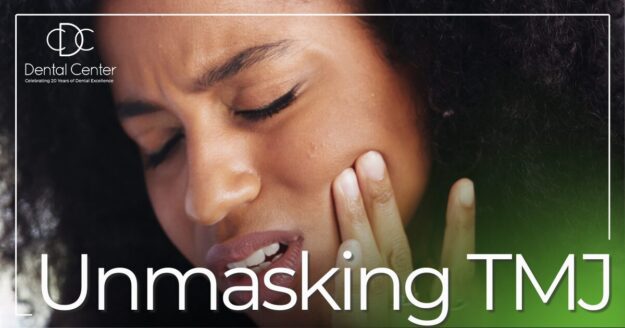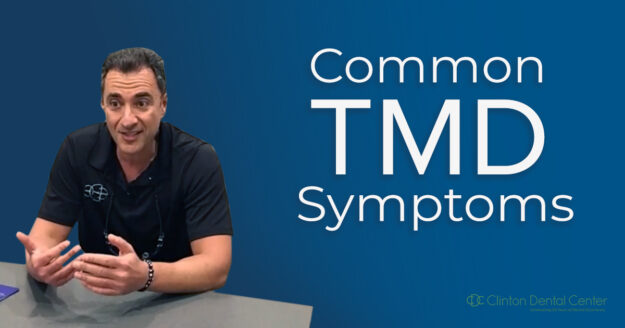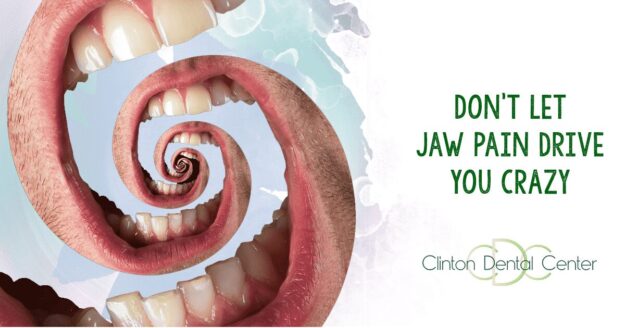When Jaw Pain Isn’t Just Jaw Pain: Understanding TMJ Disorders
Most people have experienced jaw pain at some point—maybe after chewing gum for too long or waking up from a stressful night of clenching their teeth. But when discomfort lingers, spreads, or keeps coming back, it may not just be jaw pain. It could be a sign of a temporomandibular joint disorder (TMJ or TMD). We often have patients who come in thinking they just have a sore jaw, only to learn that their symptoms are part of a larger issue. Keep reading to learn more.













